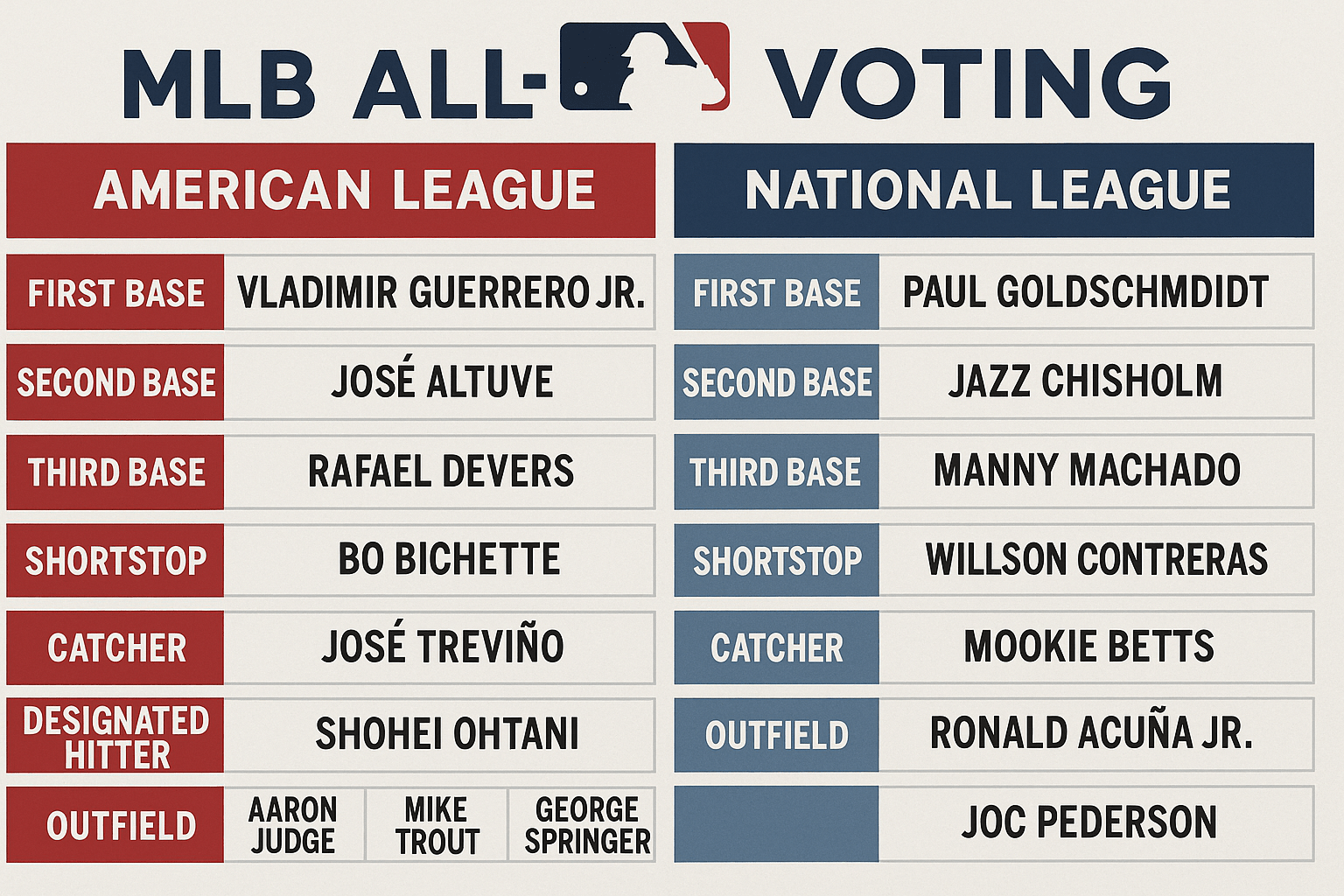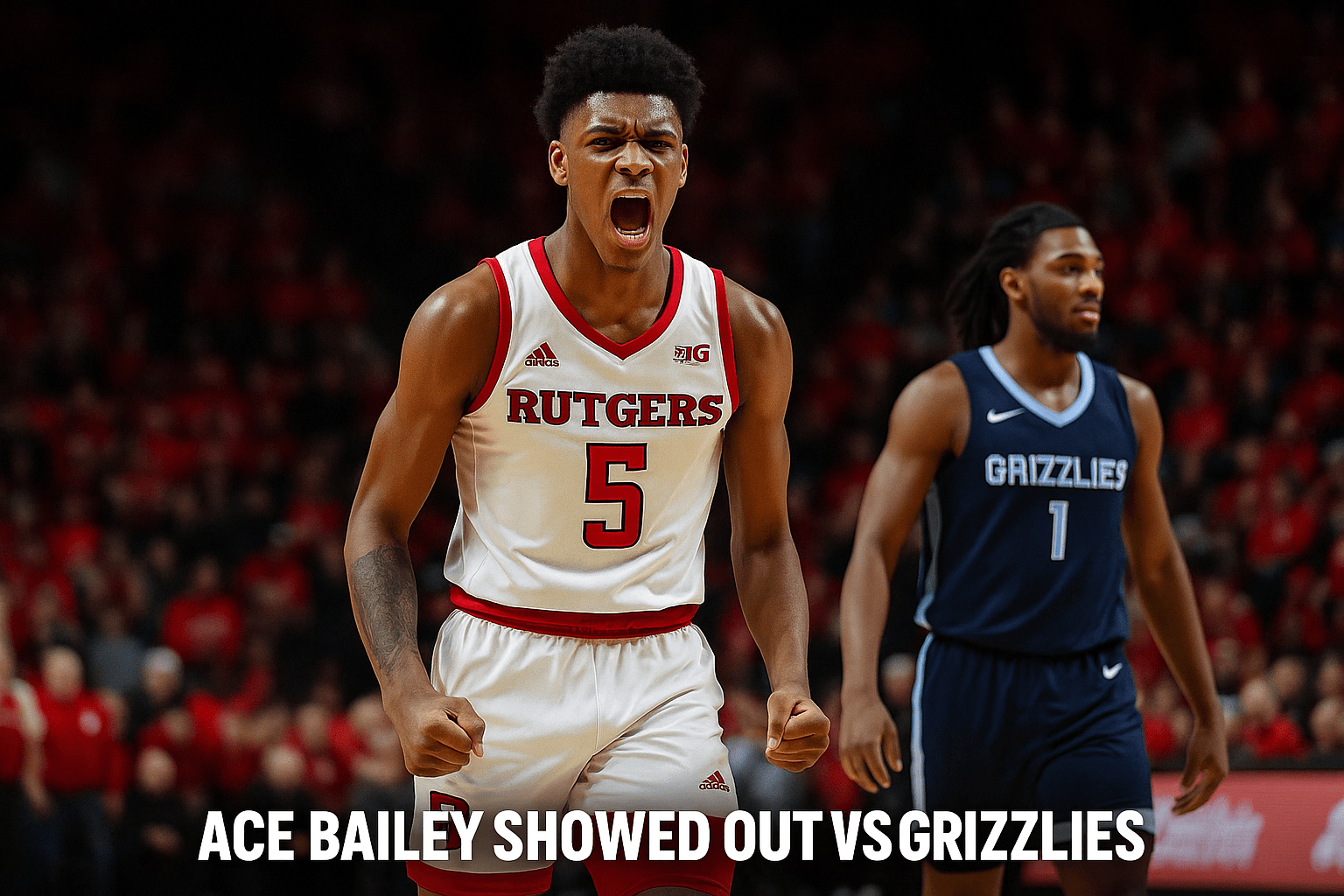Sometimes, a player arrives with so much noise behind him that it’s easy to assume hype will outpace reality. Then you watch a few possessions, see the floor tilt in his direction, and realize—it’s not noise. It’s signal. Cooper Flagg has entered the conversation, not as a future star, but as a present force. This isn’t potential anymore. It’s performance.
From the moment he took the court during his debut, something changed in the rhythm of his team. He played like he belonged in the NBA, and more importantly, like he knew it. The stats were only part of the story. The confidence, the instincts, the ability to shape a match in both directions—that’s what set him apart.
Beginnings Built on Work, Not Headlines
Flagg’s story didn’t begin under arena lights. It began on early mornings in Maine, on half-empty courts with more wind than spectators. He wasn’t just talented—he was focused. Coaches speak of his training habits in hushed tones, of reps that went far beyond drills. His high school years weren’t just a highlight reel—they were a blueprint for who he would become.
By the time he declared, analysts were already drawing lines between him and franchise changers. But Flagg wasn’t interested in narratives. He just wanted to hoop. That simplicity—obsession with the craft—still defines him now, even as his name floats across nba scores tickers and his presence shifts nba standings 2025 predictions.
The Debut That Announced a New Era
Most rookies look to ease in. A few early minutes, a soft matchup, some room to breathe. Flagg got none of that. His first NBA appearance came against a team stacked with size and experience. And he didn’t blink.
First possession? Weak-side block that shifted momentum. Next trip down? A kick-out assist after drawing a double team. Then came the step-back three from the top of the arc. The building, packed with skeptics and believers alike, leaned forward.
By halftime, the stats read: 12 points, 6 rebounds, 3 assists, 2 blocks. But that wasn’t the story. The story was the composure. The IQ. The ability to anchor defensively and be a facilitator on the other end. Coaches talk about “two-way guys.” Flagg might be a three-way: defender, initiator, leader.
Consistency That Isn’t Normal for a Rookie
What makes Flagg different isn’t that he can flash. It’s that he rarely fades. Through his first dozen games, his averages don’t just impress—they ground the team. His box score presence has become a barometer. When he scores 15+, the team is in the win column. When his minutes stretch past 30, the defense tightens.
His nba stats reflect balance. Not just points, but rebounds in traffic, deflections that turn into fast breaks, hockey assists that don’t get counted but change the possession. He reads the game like someone who’s been here a decade.
In key vs matchups—against All-Stars, against veterans, against teams clawing for seeding—he doesn’t defer. He leans in. And the nba standings 2025 projections have taken note. One player usually can’t swing a playoff chase. But this isn’t usual.
More Than Just a Match Player: He Builds Identity
Flagg’s greatest gift may be what he does for others. Shooters get better looks. Bigs have more help behind them. Guards don’t have to carry every possession. His presence recalibrates the floor.
In tight match scenarios, he thrives in silence. A tap-out rebound. A wall-off screen. A pass that breaks the zone. None of it makes highlight packages, but all of it makes the difference. The coach trusts him in final minutes. Teammates feed off his energy.
There’s a growing conversation among analysts: who’s the real building block on this team? Veterans have names. But Flagg’s influence is measurable. Not just in nba stats, but in late-game results.
Numbers That Grow, Impact That Stays
After 20 games, Flagg’s impact has moved beyond sample size. He’s averaging double-digit points with near 50% shooting. He leads all rookies in defensive efficiency. He ranks among the league’s top ten in contested shots per game.
The Cooper Flagg section on every NBA analytics dashboard is lit up. There’s no obvious hole. His assist-to-turnover ratio is strong. His foul rate is low. His three-point percentage has steadily climbed. And despite the spotlight, his focus hasn’t wavered.
In a high-stakes vs clash against a top-tier playoff contender, Flagg dropped 21-9-5 with three blocks—without forcing a single possession. The coaches raved. The media wrote. But Flagg just nodded and moved on.
What He Means to the Franchise
There are players who fill gaps. And then there are players who reshape timelines. Cooper Flagg is the latter.
The team’s ceiling has shifted. Free agents now mention his name during interviews. Opponents game plan specifically for his rotations. The team’s playbook has even evolved to run more motion through his spot on the elbow.
The nba standings 2025 show a team hovering near .500—but every week, the climb is clearer. This isn’t about this season. It’s about the next five.
How the League is Responding
Veterans respect his footwork. Coaches praise his poise. Rookies try to match his energy and can’t keep up. Flagg has become a player others mirror their film study around.
The league didn’t expect a teenager to guard All-Star forwards with success. To quarterback a defensive set. To outsmart traps with skip passes. But every nba match reveals more.
If you look only at nba scores, you might miss it. But if you watch the details—the rotations, the extra swing, the low man closeout—you’ll see what scouts always believed: this isn’t hype. This is real.
What’s Next
The second half of the season looms. As teams jockey for position, the pressure rises. But Flagg’s game is built for playoff basketball. He doesn’t need pace. He thrives in tension. Expect his minutes to climb. Expect his role to expand. And expect the Cooper Flagg effect to grow.
The league moves fast. But Flagg moves smarter.




